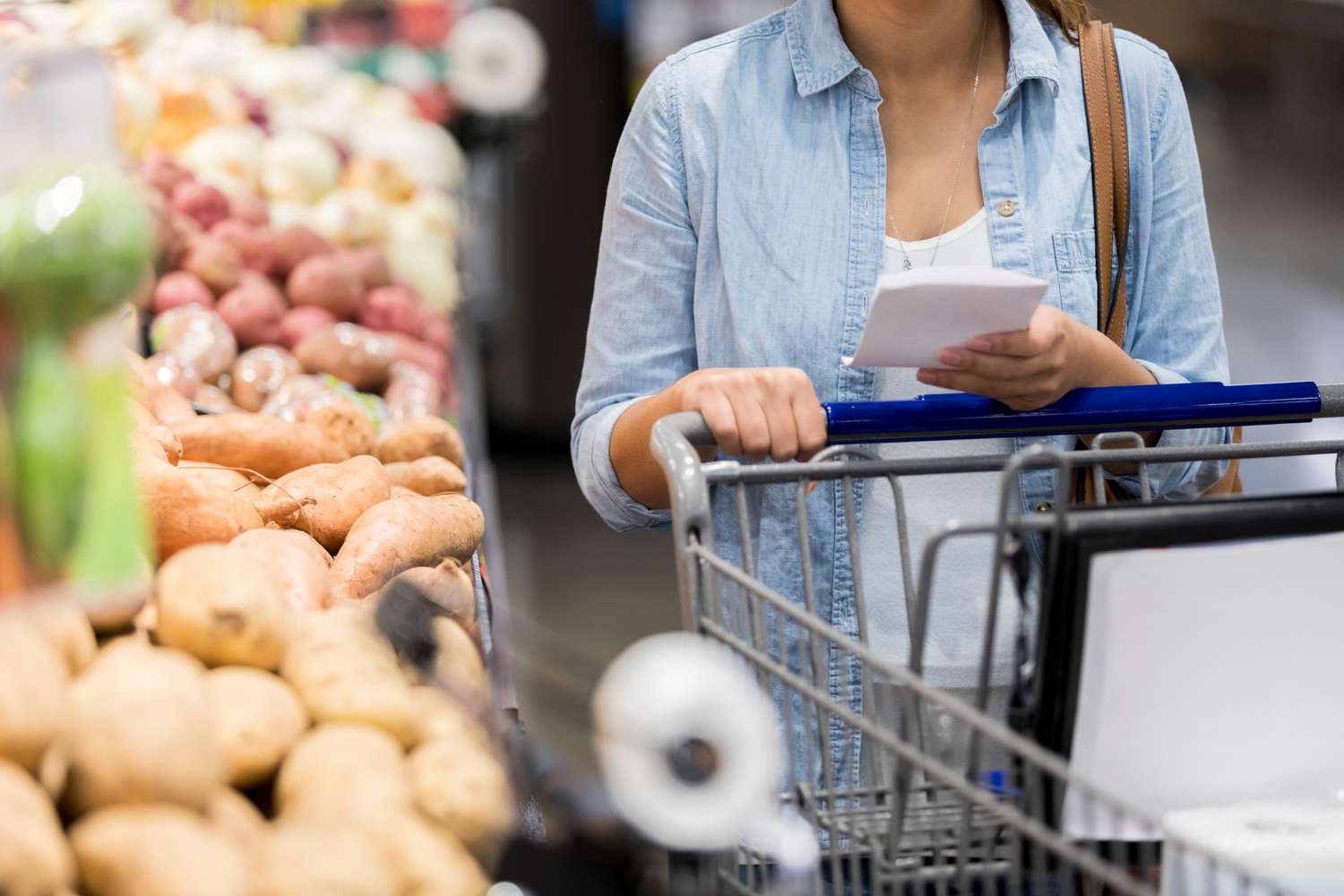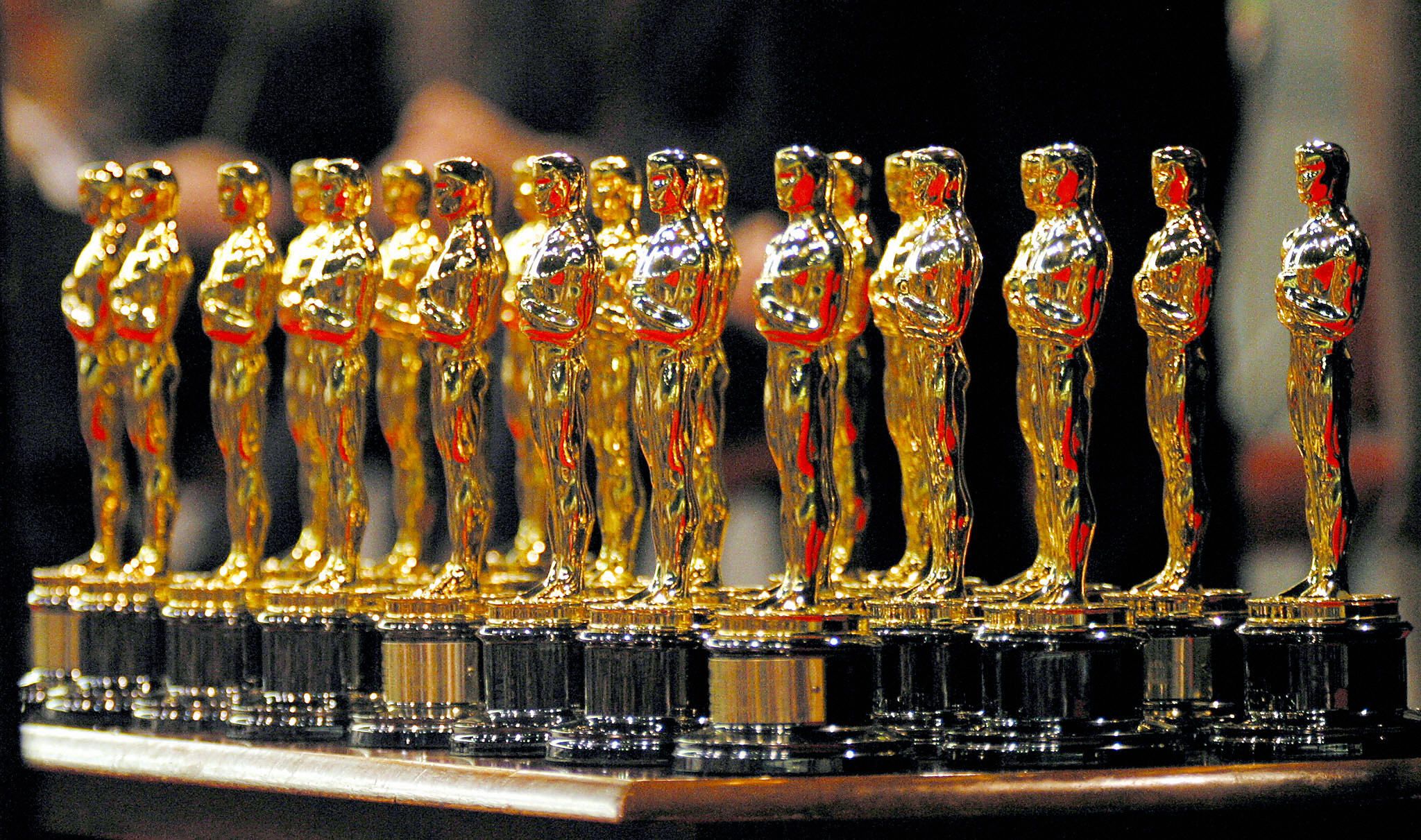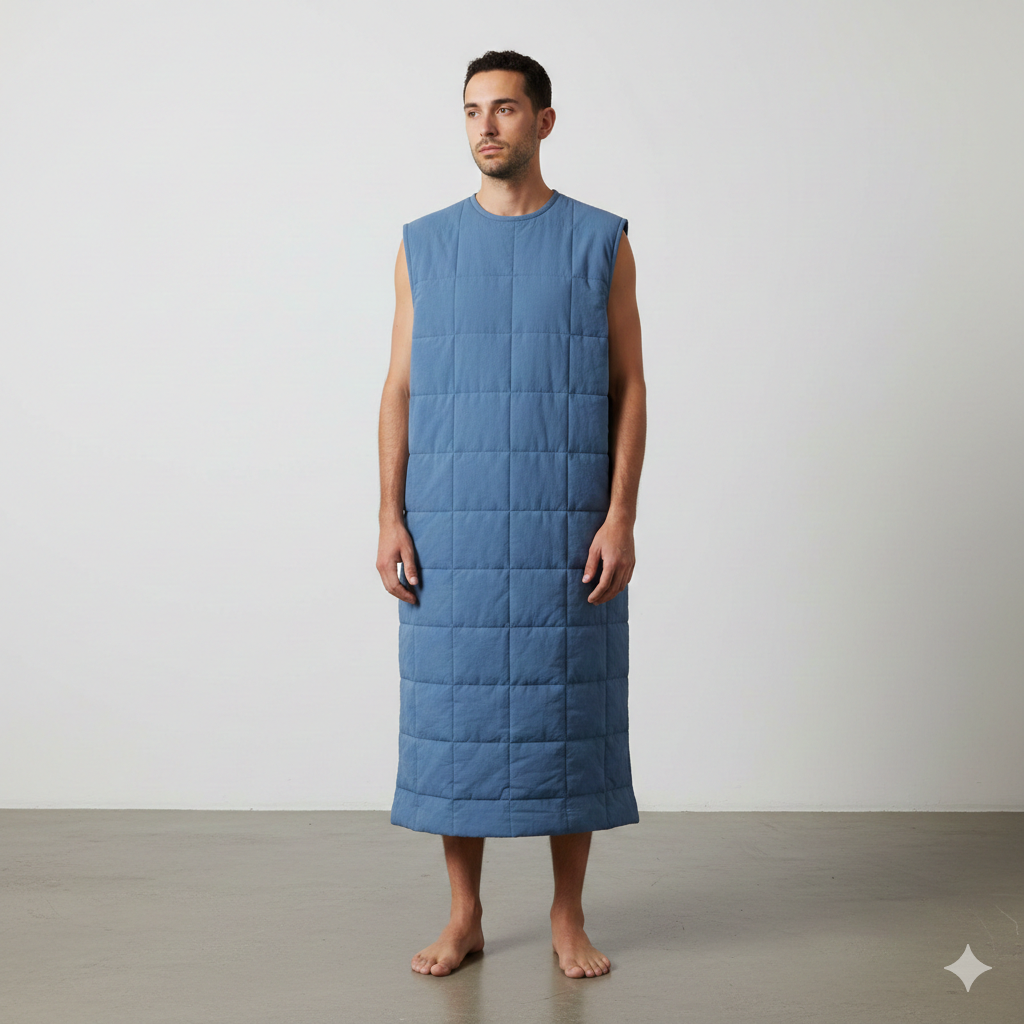Dietitians Evaluate the Advantages and Disadvantages of ChatGPT's Meal Planning Services

As people continue to integrate ChatGPT into various aspects of their lives, some have begun using the artificial intelligence (AI) application to create meal plans and grocery lists. With advancements in AI chatbots such as ChatGPT, they are becoming much more capable of responding to detailed requests including creating customized meal plans. Many people have recently shared success stories of using ChatGPT to create tailor-made meals for diverse specifications.
While ChatGPT’s official terms state that it is not designed to offer advice, its programming seems to be more than willing. When asked if it can create a custom meal plan, the chatbot enthusiastically responds with a resounding “Certainly!” However, the question remains, can artificial intelligence really produce appropriate meal plans for everyone? And are there risks associated with relying on AI to guide one’s diet, particularly if they have a health condition that necessitates dietary modification?
Here’s a closer look at when ChatGPT can be a helpful tool for controlling one’s diet, and when it's best to consider the advice from real qualified experts, like a registered dietitian.
ChatGPT, among other AI bots, can create meal plans, tailored to accommodate dietary preferences, calorie requirements, height, weight, age, gender, and health objectives. In fact, the chatbot promptly requests this information when prompted to create a meal plan.
The question, however, is whether it can execute this task efficiently. For instance, when asked to create a 1,500-calorie cardiac diet for a 60-year-old woman, ChatGPT dutifully delivers a seven-day meal plan, consisting of three meals and two snacks per day. The plan complies with heart-healthy requirements featuring lots of fruits and vegetables, whole grains, lean proteins, and other foods that are low in sodium, saturated fats, and added sugars.
However, perusing through the meals and snacks offered demonstrates some significant weaknesses. ChatGPT’s seven-day cardiac diet, and other diets tested, lack variety. Heart-healthy snacks alternate between one small apple, one small orange, or one small nonfat yogurt—nothing else for the entire week.
Similarly, every dinner follows a predictable pattern consisting of one lean protein, one roasted or steamed vegetable, and one serving of starch. There are no suggestions offered for making these meals more palatable by adding seasonings or other flavors.
On the other hand, one can indicate their flavor and cuisine preferences to the chatbot, which will readily comply.
Meanwhile, none of the seven-day plans feature any beverages or sweet treats, even when prompted to create meals intended for weight gain. Beverages are a crucial aspect of any meal plan, and several health professionals emphasize that indulging in the occasional dessert is permissible (and even necessary) to remain committed to a particular diet.
Once again, if you would like sweet treats, drinks, or any other food to appear in your meal plan, you will have to ask ChatGPT explicitly.
Until ChatGPT’s interface becomes more sophisticated, it’s not ideal for tackling the specifics of one’s daily eating habits. However, it could play a role in one’s overall dietary arsenal.
"ChatGPT can be a very helpful tool in finding meal ideas, compiling grocery lists, and incorporating more nutrient-dense foods into your diet," said Miranda Galati, founder of Real Life Nutritionist. "For individuals with general health goals, wanting to increase nutritional value and diversity in their diet, I think it's great."
Even if one does not precisely follow ChatGPT’s meal plans, they could still be useful in providing a broad understanding of various diets.
For example, if you're seeking an overview of what a low-carb vegetarian diet might look like, or how to achieve 2,000 calories on a keto diet, ChatGPT’s meal plans can serve as an excellent starting point. The tool can even create grocery lists based on recipe URLs (though it doesn’t specify quantities of ingredients). And when prompted for suggestions of foods to eat for specific nutrients, ChatGPT willingly obliges.
Similar to the internet’s early days, ChatGPT needs some fixes before becoming a completely trustworthy dietary resource. Several of the sources it uses are questionable at best.
"ChatGPT is excellent at gathering and incorporating data, but not so good at verifying its sources. And it's not great at citing those sources either," Galati commented. "Because ChatGPT integrates data from all over the internet, it is tough to tell if you're getting information from a credible source or an unreliable one."
Moreover, ChatGPT's availability is limited to 2021, which means it's not up-to-date on the most current research on food and health, according to Lisa Andrews, owner of Sound Bites Nutrition.
Andrews also noted that ChatGPT doesn’t have a crystal ball into your current eating habits—an important factor in meal planning. “It’s not able to obtain a diet history from you to suggest changes in your diet. It can’t evaluate what you’re already eating,” she said.
Some have pointed out that the AI tool will respond to any query, giving dietary information for health conditions that have no known connection to diet.
Ask the bot to give you a meal plan for literally any goal—we tried “give me a meal plan for smaller ears”—and you shall receive. Though ChatGPT provides a disclaimer that no foods have been connected to smaller ears, it still creates a “healthy” meal plan which it states “may indirectly contribute to feelings of self-confidence and body positivity.” Absurd as it may seem, it’s one example of the confusion ChatGPT may create around diet and health.
According to Galati, this confusion is a major issue underlying turning to AI for dietary advice. “The average person will have a hard time confirming whether that meal plan is truly safe and healthy for their unique circumstances,” she said. “That’s the biggest risk.”
Andrews added that the potential for error lies not only in the bot itself, but in the way people may use it. “Users may request meal plans that are not appropriate for them,” she said. “For example, a person with diabetes may also have underlying renal (kidney) disease. A bot would not be able to pick that up from a meal plan request.”
As useful as AI may be in certain circumstances, so far it can’t replace the wisdom and understanding of a trained nutrition professional. This is especially true for medical conditions.
“For medical nutrition therapy for specific medical conditions, I’d seek the help of an RD. I like to say RD stands for ‘Real Deal,’” Andrews said.
Galati emphasized the importance of human connection in creating the very best meal plans for your health and well-being.
“Dietitians will take the time to understand and accommodate your physical health history, mental health struggles, likes, dislikes, lifestyle, and goals,” she concluded. “They don’t just provide meal ideas; dietitians are trained to understand and guide you as an individual. They’ll help you learn how to stick with the changes you’re making to truly transform your health long-term.”




